Most people buying compost still have no idea what’s in the bag – or why it matters. As the climate crisis escalates, that needs to change – and fast.
I recently did a spot of crowd-sourcing via social media: Twitter, in this case. I asked – via the hashtag #peatfree – for ideas, tips and suggestions on how to get all those folk out buying a ‘bag of dirt’ to think about the consequences of loading those bags into their car boot.
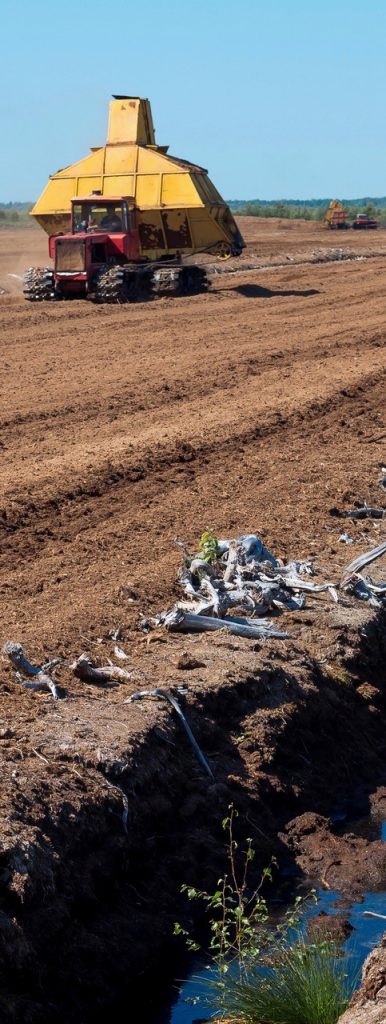
Why? Because the alarm bells of our long-predicted climate emergency are now ringing loud and clear. So it’s time for all of us gardeners – and non-gardeners – fresh-faced or wrinkled, starters or sages, and for the multi-billion-pound industry that constantly courts us (and sometimes misleads us), to step up.
Sifting through the observations, comments and questions on all things to do with nature- and climate-friendly, peat-free gardening was an eye-opener. One thing that struck me, as folk chipped in on Twitter’s #peatfree tag, is how little awareness still exists around the more-urgent-than-ever need to bring the curtain down on gardening’s nature-wrecking use of peat-based composts.
This is especially the case with the ‘non-gardeners’: those folk who occasionally do a bit of gardening, and therefore buy a few ‘bags of dirt’ each year, but who don’t identify as gardeners – and so don’t read gardening magazines or websites, or follow TV or radio gardening programmes.
So, taking the feedback from the peat-free Twitterati, and deploying writer’s license, I’ve attempted to fill the info-void around why choosing one ‘bag of dirt’ over another makes such a difference – and can actually help to still earth’s alarm bells.
Isn’t a bag of dirt… just dirt?
If it’s garden topsoil, essentially yes – the soil in your garden is ‘dirt’. But a bag of compost is much more: it’s one or more raw materials (e.g. sphagnum peat) blended together, plus plant foods, water-retaining gels, and often a ‘wetter’ which helps water to gain entry if the compost dries out.
Seed-sowing and multipurpose/all-purpose potting composts are different from ‘soil conditioners’. The latter are mostly made from green waste collected via wheelie bins and at recycling centres, and can be used to add more organic matter to your soil (or as part of home-made peat-free mixes).
If peat’s so ‘bad’, why is peat-free so ‘good’?
Peat-based composts use primarily sphagnum moss peat. Peat is a fossil fuel that stores vast amounts of carbon. When peat bogs are drained and stripped – which destroys natural, living wildlife habitats – they dry out and ‘die’, setting their carbon stores free. Peat ‘grows’ at 1mm per year. A typical pass over a dead, drained bog removes 200mm.
The continuing build-up of carbon dioxide in our shared atmosphere is responsible for our climate emergency (yes, we’ve moved on from ‘change’). Using peat-based compost is helping to drive that emergency.
Peat-free composts are made from raw materials that are renewable and ecologically sustainable: tree bark/fibre, coir (the crumbs from coconut husks), composted wool and bracken are all found in modern and reliable peat-free composts. These materials can be grown over and over again, indefinitely. They don’t unlock fossil carbon stores (fibre and bark actually suck up carbon as trees grow).
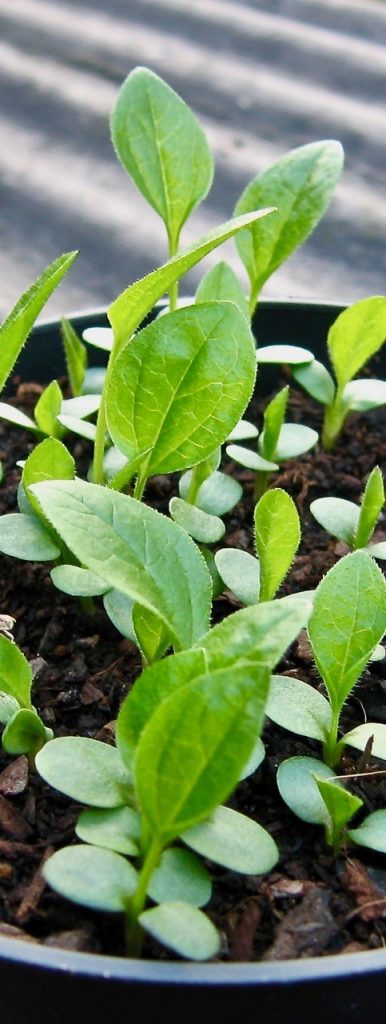
I thought peat was already banned?
Nope. A ban has never been seriously considered. If it were, it would be up against formidable opposition from Big Gardening/Peat lobbyists, who already lobby politicians on a regular basis, on everything from peat to pesticides. That’s not something you read about in gardening magazines…
The latest in a long line of failed attempts to voluntarily end the use of peat in gardening and horticulture was a now-abandoned deadline of removing peat-based compost from sale by 2020 (but only in England).
Ironically, the minority UK peat user – commercial horticulture – still influences the messages we receive via the media (and which routinely go unchallenged). Much of it’s greenwash. Gardeners (most of them ‘non-gardeners’) are the majority users: we use around 70% of all the peat mined in the UK and Ireland, and imported from Eastern Europe. The other 30% is used by commercial plant growers. You can see why it’s crucial that we gardeners/non-gardeners are kept hooked on peat… We buy and use more of it than anyone else.
But peat-free composts cost more than peat!
Myth. Some of the best-quality peat-frees are on a par, cost-wise, with peat-based mixes. Some do cost more, but clubbing together with friends, or getting your gardening/allotment club to order in bulk, can bring significant savings. And who said that gardening always has to be done on the cheap? Isn’t it worth paying a little more for a peat-free compost that doesn’t cost us a liveable earth? The problem with peat is that it’s cheap to mine and profitable to sell – but every species on earth pays a hidden ‘price’ as climate breakdown unfolds around us.
The days of ‘three bags for a tenner’ (or £12, as it often is nowadays) are numbered.
If peat does so much harm, why is it still on sale?
Good question. Primarily because the Big Peat mining industry, which flogs peat, has been allowed to be too influential, by actually being given the job of, er, ending peat use. Decades of allowing compost-makers to try to voluntarily phase out peat use have failed, with deadlines constantly missed. Was letting the fox look after the chickens ever going to work? Gardening retailers have dragged along behind this sorry state of affairs, when they could have simply said, ‘No, we aren’t going to sell bags of destruction any more.’
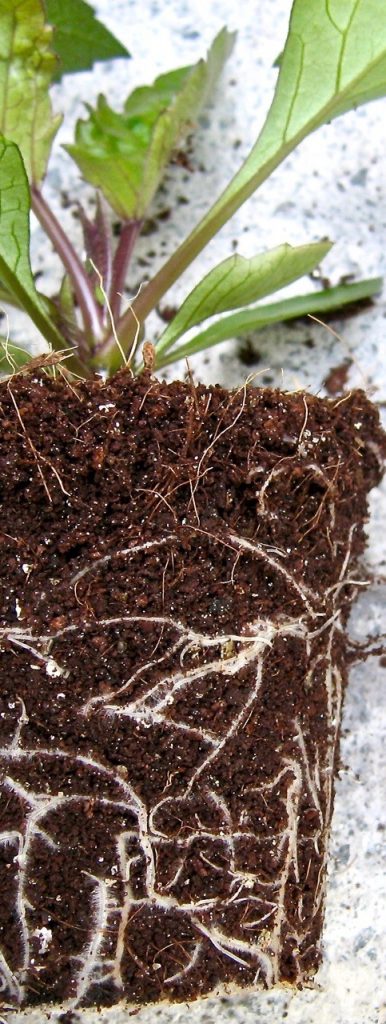
I want to go peat-free. Which mixes do you recommend?
Treat yourself. Get hold of a peat-free with a proven track record of success from three different suppliers (I like gardening in threes). Check out the Dalefoot Composts, Fertile Fibre and SylvaGrow ranges. Have fun experimenting with sowing seeds, taking cuttings, potting up plug plants and filling containers. Grow flowers, fruit and vegetables. See which peat-free you take to – and which one takes to you.
Don’t manufacturers have to label compost bags?
If only. There’s no agreed ‘industry standard’. Some manufacturers do provide clear labelling, but some say nothing at all about what’s in the bag you’re buying. Honest labelling shows the exact peat content – which can be 100% for some brands (it varies for ‘peat-reduced’ mixes). The only sure guide when you’re buying a ‘bag of dirt’ is that if it doesn’t say ‘peat-free’ somewhere on the bag, then it contains some peat.
Are there organic peat-free mixes?
Dalefoot Composts and Fertile Fibre’s composts are all certified organic by the Soil Association, as is SylvaGrow Organic. Many bags of compost say ‘organic’, but you need to remember that all this means – unless they’re accredited as organic – is that the bag contains organic matter. Peat is organic matter. Don’t be fooled.
Is ‘peat-free’ on a bag a sign of a quality sowing/potting compost?
No. It just means that it doesn’t contain peat. When buying peat-free compost, the old adage that ‘you get what you pay for’ holds true. Right now, inferior bandwagon products tend to outnumber the quality ones. That’s why well-meaning but uninformed organisations and writers yelling, ‘Go peat-free!’ aren’t helping unless they qualify it, by pointing folk to quality and reliable peat-free composts that actually grow great plants.
Everything possible needs to be done to fill the info-void surrounding a ‘bag of dirt’, but it needs backing up so that our green gardening pounds aren’t wasted on dud compost. And guess what happens when a poor-performing peat-free disappoints? Folk go back to using peat…
It’s only a couple of bags. Surely what I use doesn’t matter?
Try multiplying your two 50-litre bags by… there are estimated to be around 20-plus million people actively gardening in the UK (the gardening industry is worth around £25 billion annually). It does matter.
Peat is burned in power stations, so why worry about using a bit in my garden?
See above. Burning peat is still necessary in some places – to keep the lights on – but not a crumb of it is necessary to have a thriving and beautiful, earth-friendly garden, allotment or greenhouse. In terms of ‘low-hanging fruits’ that reduce our gardens’ carbon emissions, this is an easy picking.
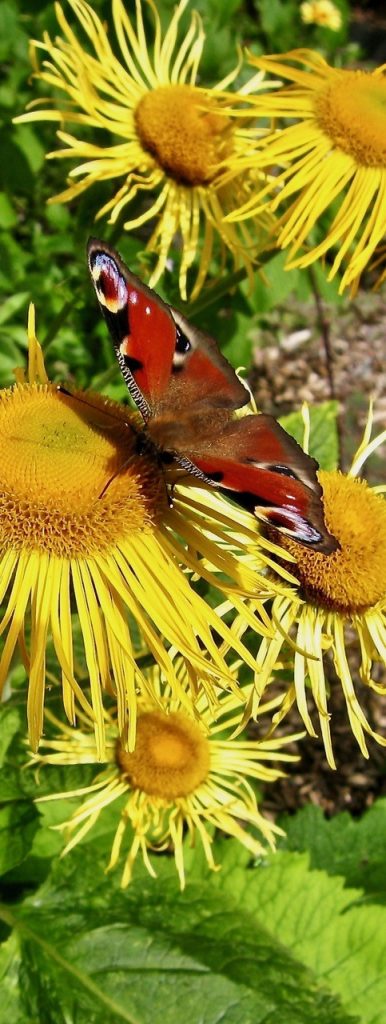
Don’t some peat-free compost manufacturers also mine and sell peat?
Yes, and their products are inevitably tainted by poor business ethics. They’re worth a try if you’re struggling to find other peat-free compost. However, the good news is that all the current makers of quality and reliable mixes are not part of bigger businesses selling peat, pesticides, or anything else that’s damaging and/or polluting.
If peat-based composts are harming nature, why does Which? Gardening magazine still give them ‘Best Buy’ awards?
Because Which? Gardening doesn’t make any assessment of the impact on our living world of the raw materials that composts are made from. If it did, peat-based mixes would automatically be awarded ‘Don’t Buys’, because of the harm they do to climate – and nature more widely.
Bizarrely, Which? Gardening also tests and scores bags of compost that give zero information about their contents. Failure to declare what’s in a bag is actually deceiving customers – and should merit an automatic ‘Don’t Buy’.
Peat-free composts from the SylvaGrow range have been awarded Which? Gardening ‘Best Buys’ for six years in a row (the most recent was for seed sowing, in April 2018). This means that quality peat-free mixes are consistently outperforming peat.
I’m a vegan. Are there any, er, vegan composts?
Yes! The SylvaGrow range, and some of Fertile Fibre’s coir-based composts, contain no animal-derived elements. Fertile Fibre also makes peat-frees for biodynamic gardeners.
How can I persuade my neighbour to go peat-free?
Make sure you show off the results of your peat-free labours. Why not gift them a bag of the compost you’re having success with? With a quality peat-free, sowing and potting is believing…
Can I make my own DIY peat-free mix?
You sure can, but if you’re a gardening virgin, you might want to use a quality peat-free first, while you get used to raising and growing plants generally. The recipe for my home-made mix is simple: a 50:50 mix of crumble-topping-like leaf-mould and worm-worked compost from my ‘cool’ bins. But I’m always experimenting, and you should, too. This spring, I’m trying chipped branch wood, and ‘digestate’ from an anaerobic digester, as part of the mix I’m growing my greenhouse tomatoes in. Watch this space.
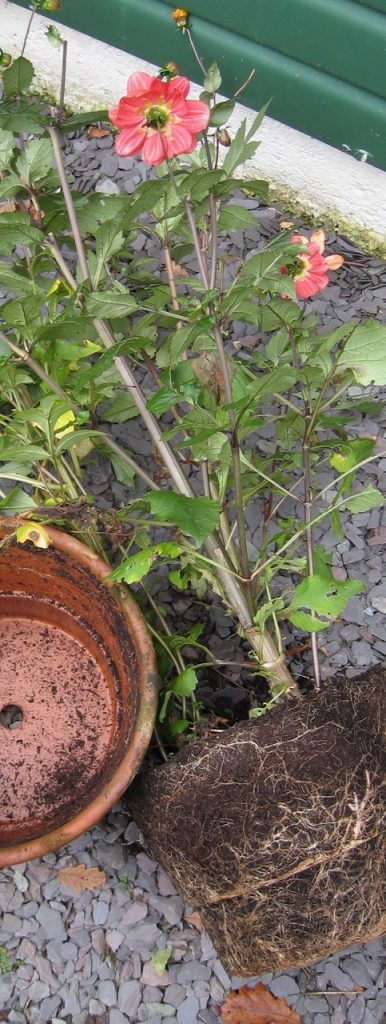
Don’t acid-loving plants need peat?
Not at all. Dalefoot Composts and SylvaGrow both have ericaceous potting composts made with zero peat.
A friend told me that insectivorous plants must have peat.
Not true. Carnivorous plants, such as pitcher plants (Sarracenia), which catch and digest insects, and which live naturally in, er, sphagnum peat bogs, will thrive in, er, 100% peat-free compost. Amazing, eh? I’ve tried it, and it works.
I read in a newspaper that peat is ‘sustainable, renewable and green’.
This is classic greenwash, touted by pro-peat gardening pundits who ought to know better. You could always ask them for details of any peat bogs where peat is growing as fast at one end as it’s being mined at the other.
Don’t peat-free composts need more research and development before they’re good enough?
Some UK growers have been running plant-growing businesses for decades – for a living – without using a crumb of peat (they just tend to keep quiet about it). Anyone telling you that modern peat-frees aren’t ‘good enough’ either hasn’t tried the SylvaGrow range, which is a professional-grade mix that’s also used by growers, or they’re being deliberately misleading.
Is peat-free compost as easy to use as the ‘dirt’ I use now?
Yes. No mystical expertise, nor a lifetime of gardening guile, is required, especially when using a quality peat-free. If you’re a newbie, here’s a nugget of golden advice: read the instructions on the back of the bag first. If you’ve been at it for a while, you’ll transition across fine.
Don’t be derailed by folk telling you that you need to be an ‘expert’ to use peat-free compost, or that it’s ‘difficult to manage’. These are just myths. Trust your instincts. And me.
Can I get peat-free growbags?
Growbags are just elongated bags of compost that sit easily on a flat surface, in a greenhouse or on a patio, often with marked planting holes that you cut open. But any bag of peat-free can easily be turned into a growbag. Just make sure you cut some drainage slits in the base. Stood upright, a bag can also be used as a substitute potato sack. Just decant the compost first, roll the sides of the bag down, plant your chitted tubers, and backfill as the plant grows.
SylvaGrow’s Peat-Free Planter for Organic Growing was launched this spring, and is certified organic.
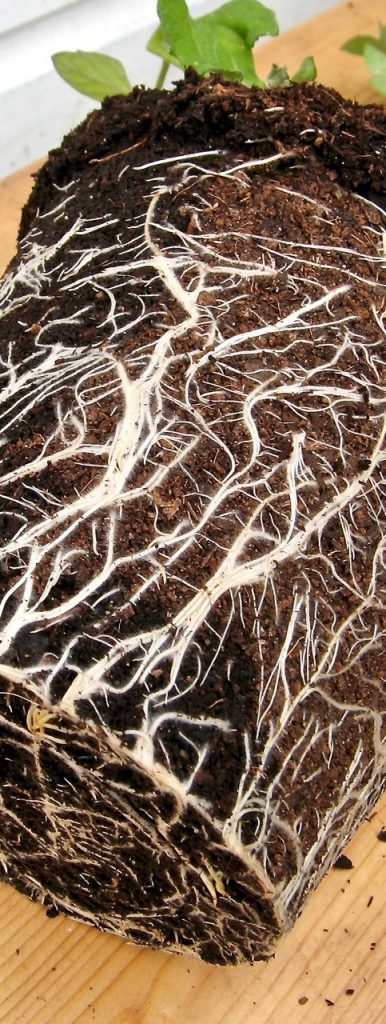
Why can’t I find a decent peat-free compost?
Gardening retailers can be a lazy bunch. If the salesfolk who go around flogging composts to garden centres happen to have a peat-free brand available, the buyer might take it. Or they might not. It might not be any good, but it creates the illusion of offering ‘customer choice’. The trouble with choice is that it only works if customers make the right choice. That’s a tough ask when you’re out buying a ‘bag of dirt’, but you don’t have a clue about the consequences of that purchase.
If we keep asking for peat-free, won’t garden centres do the ‘right thing’ and stock it?
Some have responded positively, and peat-free pester-power can work. A minority sell no peat-based compost at all. Others will shrug, and stock any old mix, whether it’s any good or not. You do have to wonder whether those who own and run garden centres could, for themselves, consider doing the ‘right thing’ by simply refusing to sell any more peat-based compost. They do, after all, share the same natural world and climate as the rest of us…
Could my allotment group get a discount if they bulk-buy?
Probably. Talk to the makers of quality peat-frees. They’re usually helpful and flexible – we are the customers, after all. Haggle a bit.
Is locally made ‘green waste’ compost always 100% peat-free?
Probably not. It’s likely to have some old peat-based compost in it, because the municipally composted garden waste it’s made from will include plants grown in peat, and emptied-out containers of peat-based compost. Don’t fret about this; using green waste compost doesn’t harm nature because it isn’t driving the mining of virgin peat. It’s actually recycling peat that’s already here, and turning it into a rich soil improver/mulch.
Where can I find the #peatfree hashtag?
Here. You don’t even have to be on Twitter to follow it, but the more folk who chip in, the quicker we can fill the info-void. See you there.
Text and images © John Walker. Peat harvesting: Depositphotos
Find John on Twitter @earthFgardener










